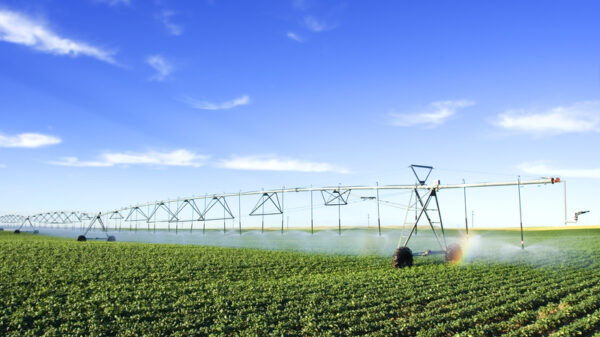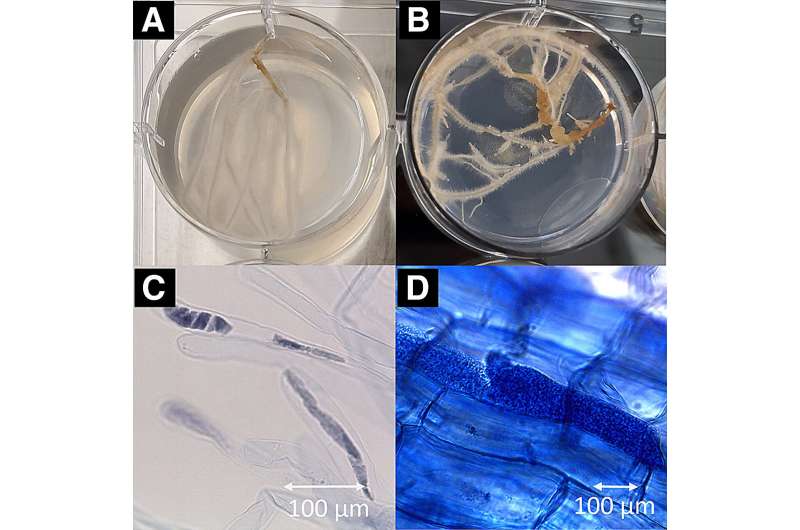A groundbreaking study has unveiled how potato plants defend themselves against the harmful soilborne pathogen Spongospora subterranea f. sp. subterranea (Sss), which causes the economically significant disease known as powdery scab. Published on July 23, 2025 in the journal Molecular Plant-Microbe Interactions, this research highlights the role of the plant hormone salicylic acid in bolstering the immune response of potatoes against this challenging pathogen.
The research team, led by scientists from Washington State University, identified salicylic acid as a crucial component in the plant’s defense strategy. Unlike most pathogens that are either fungi or bacteria, Sss belongs to a lesser-known group of single-celled organisms called protists, which complicates efforts to study and manage it. The inability to culture Sss in laboratory settings and its long-term survival in soil contribute to its status as a formidable threat to potato crops globally.
“Plants utilize various immune strategies depending on the nature of the pathogen they face,” said Kiwamu Tanaka, a key member of the research team. “Given that Sss acts like a biotroph—feeding on living plant tissues—we hypothesized that the salicylic acid pathway could play an integral role in the plant’s defense mechanisms.”
The research involved monitoring hormone levels in potato roots after Sss infection. Results showed a significant increase in salicylic acid levels post-infection, while other defense-related hormones, such as jasmonic acid, remained stable. Further genetic experiments confirmed that disrupting the salicylic acid signaling pathway increased the plants’ vulnerability to Sss, while enhancing this pathway improved their resistance. This evidence underscores the central role that salicylic acid plays in the immune response of potato plants.
Innovative Research Techniques Enhance Understanding
The study’s innovative approach incorporated a cutting-edge “hairy root” system, induced by the bacterium Rhizobium rhizogenes. This method facilitated rapid examination of root-pathogen interactions in a controlled environment, allowing researchers to obtain consistent results in just 2–4 weeks. This contrasts sharply with traditional soil assays, which can take months, thereby accelerating the research process significantly.
In addition to causing powdery scab, Sss poses another risk by transmitting the potato mop-top virus (PMTV), which leads to tuber necrosis and is classified as a quarantine pathogen in several countries. This dual threat emphasizes the urgency for effective management strategies that consider both the pathogen’s biology and environmental factors.
The findings of this research provide crucial insights for developing integrated strategies to combat Sss. By focusing on this pathogen, scientists aim to create control measures addressing both powdery scab and PMTV, potentially benefiting the global potato industry significantly.
“This research marks the first clear understanding of how potatoes naturally defend against this type of pathogen,” stated Samodya Jayasinghe, the study’s first author. “Given the challenges in studying Sss and the lack of effective treatments, our discoveries lay a vital groundwork for developing potato varieties with enhanced resistance—something the industry urgently needs.”
With the global potato market under threat from diseases like powdery scab and PMTV, this study not only advances scientific knowledge but also offers hope for the future of potato cultivation worldwide. The implications of this research extend beyond academia, potentially transforming agricultural practices and improving food security in regions heavily reliant on potato crops.



































































